Reflections on Else Lasker-SchülerThematic Series
When Steffa Reis visited the Else Lasker-Schüler Foundation in Wuppertal, Germany, in the early 1990s, she became interested in the persona of Else Lasker-Schüler and all she represented – as a woman, a poetess and author, a Jew and an exile.
The 32 works of this series (created 1992-1993) include portraits of the poetess at different ages, which were executed in pastel on enlarged photocopies of photographs. Another group of works relates to several of her poems, and a third group was inspired by “My Blue Piano” (1934) in particular. In this poem, which is both lyrical and political, the piano alludes to death and cessation. Consequently, in Steffa Reis’ series, this icon of western culture becomes a metaphor for loss and dissolution, for a world fading away, and the destruction and exile wrought by the Nazis.
When Steffa Reis visited the Else Lasker-Schüler Foundation in Wuppertal, Germany, in the early 1990s, she became interested in the persona of Else Lasker-Schüler and all she represented – as a woman, a poetess and author, a Jew and an exile.
The 32 works of this series (created 1992-1993) include portraits of the poetess at different ages, which were executed in pastel on enlarged photocopies of photographs. Another group of works relates to several of her poems, and a third group was inspired by “My Blue Piano” (1934) in particular. In this poem, which is both lyrical and political, the piano alludes to death and cessation. Consequently, in Steffa Reis’ series, this icon of western culture becomes a metaphor for loss and dissolution, for a world fading away, and the destruction and exile wrought by the Nazis.
-
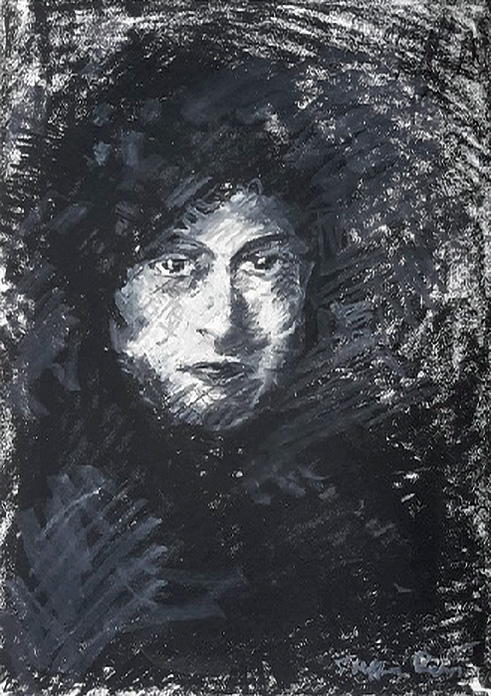 Else III, 1992
Else III, 1992 -
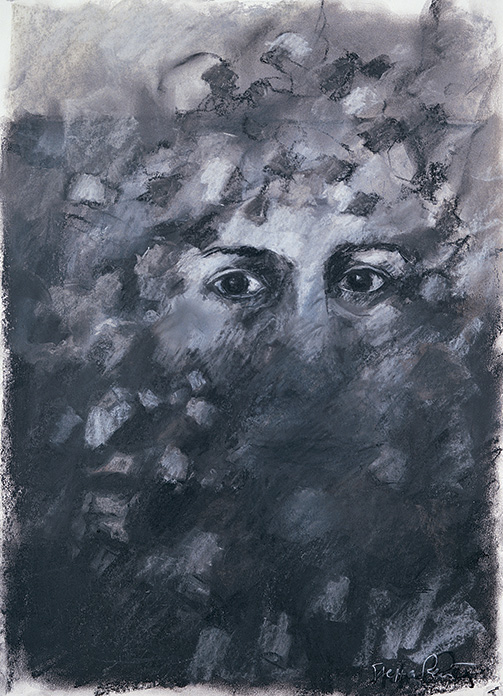 Garland of Words, 1993
Garland of Words, 1993 -
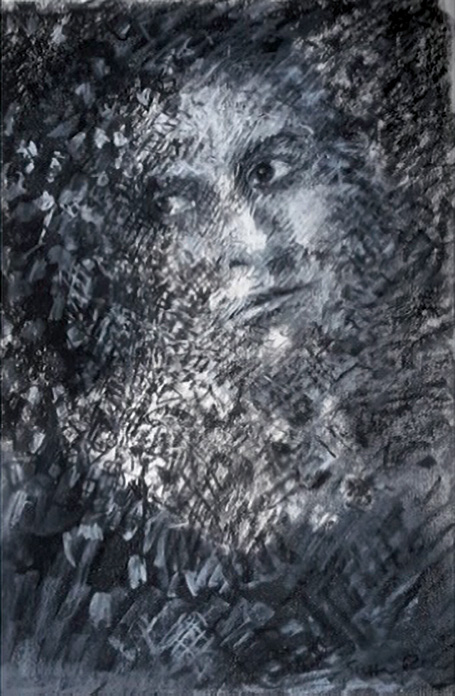 Else V, 1992
Else V, 1992 -
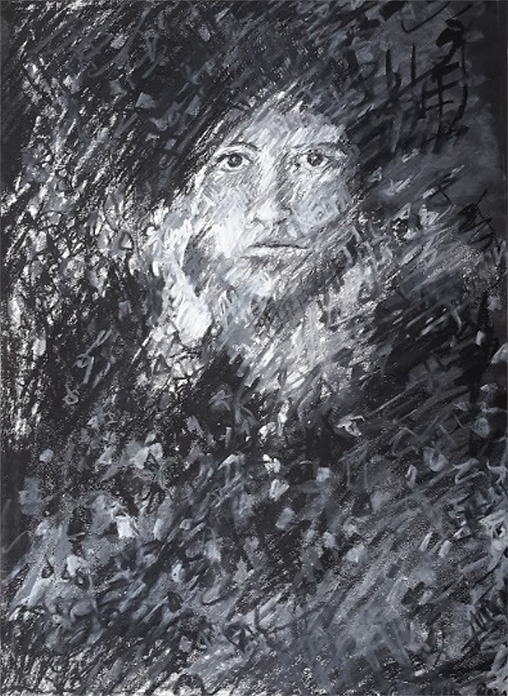 Else IV, 1992
Else IV, 1992 -
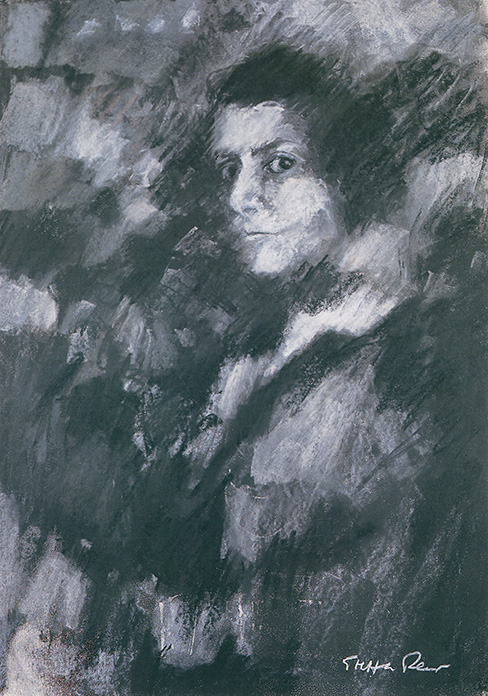 Else, 1992
Else, 1992 -
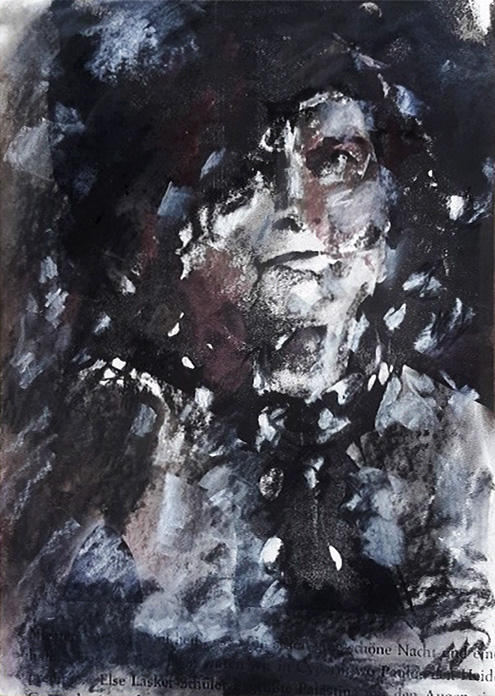 Else XI, 1992
Else XI, 1992 -
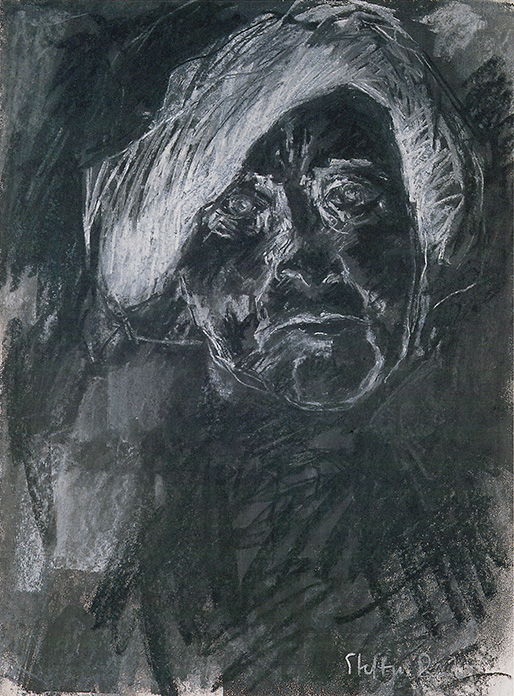 Else IX, 1992
Else IX, 1992 -
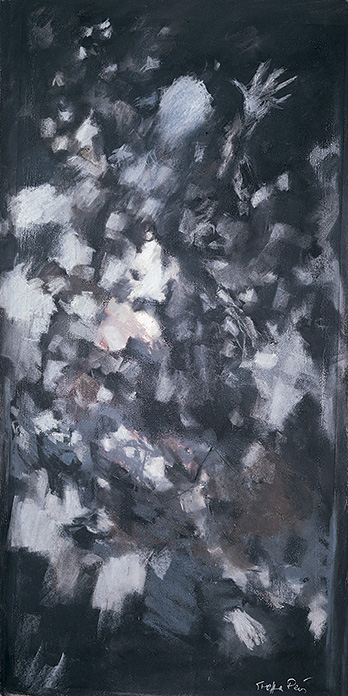 Reaching for the Stars, 1992
Reaching for the Stars, 1992 -
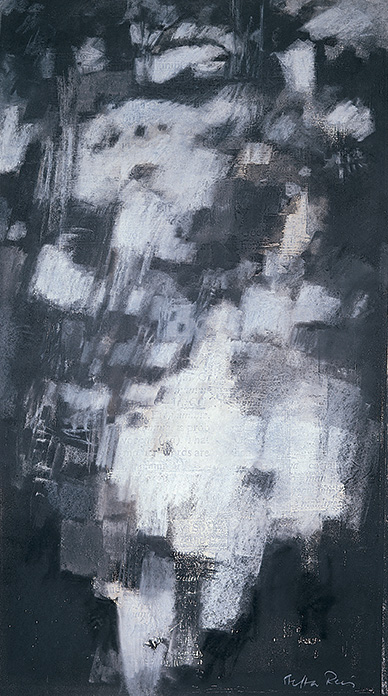 Prince Yusuf of Thebes, 1992
Prince Yusuf of Thebes, 1992 -
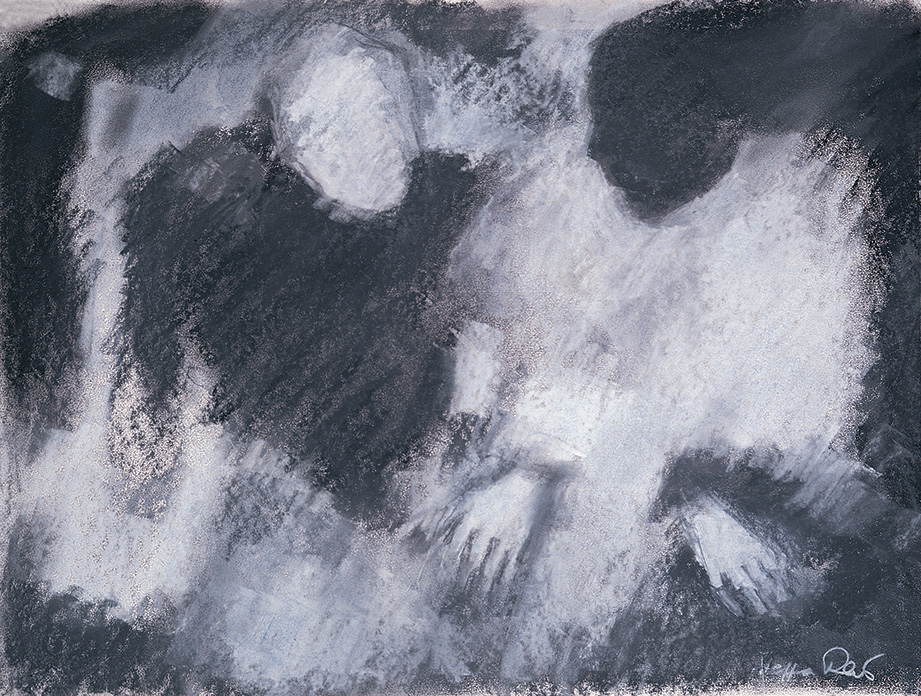 Ich und Dich, 1992
Ich und Dich, 1992 -
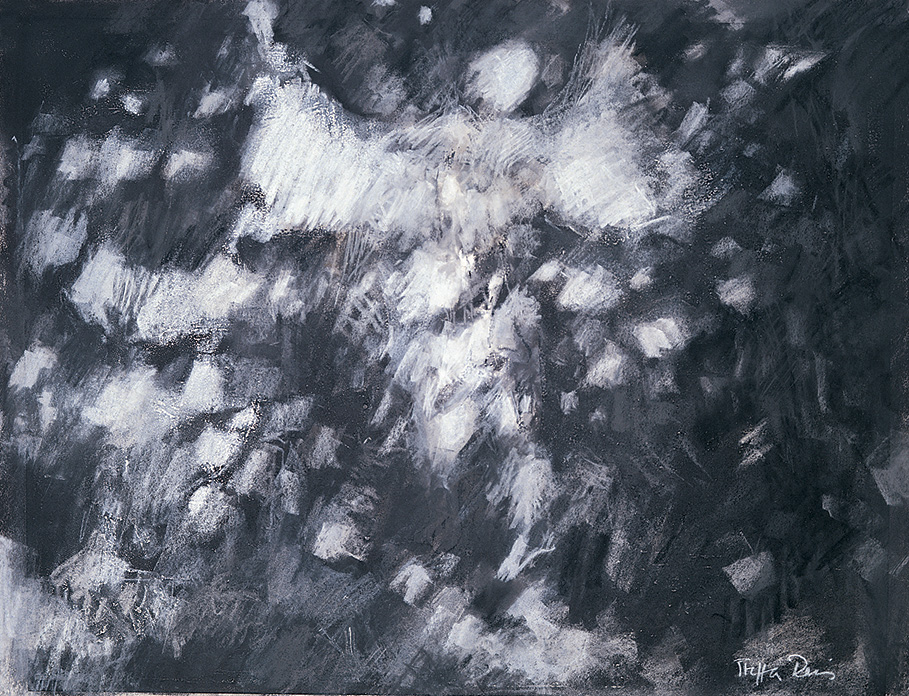 Angel at My Shoulder II, 1992
Angel at My Shoulder II, 1992 -
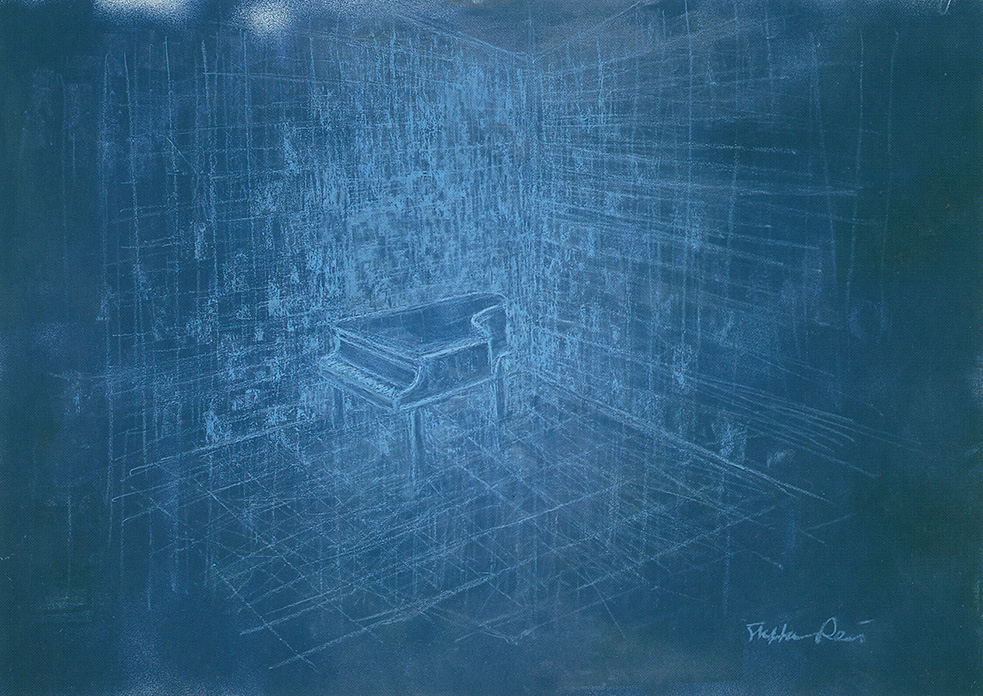 Blue Piano I, 1992
Blue Piano I, 1992 -
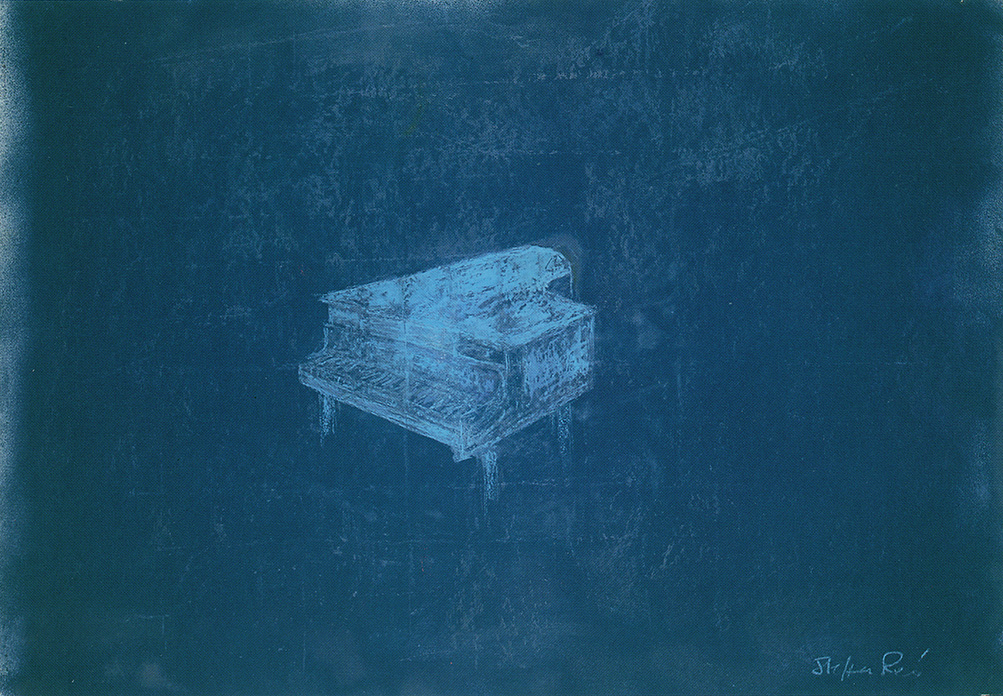 Blue Piano X, 1992
Blue Piano X, 1992 -
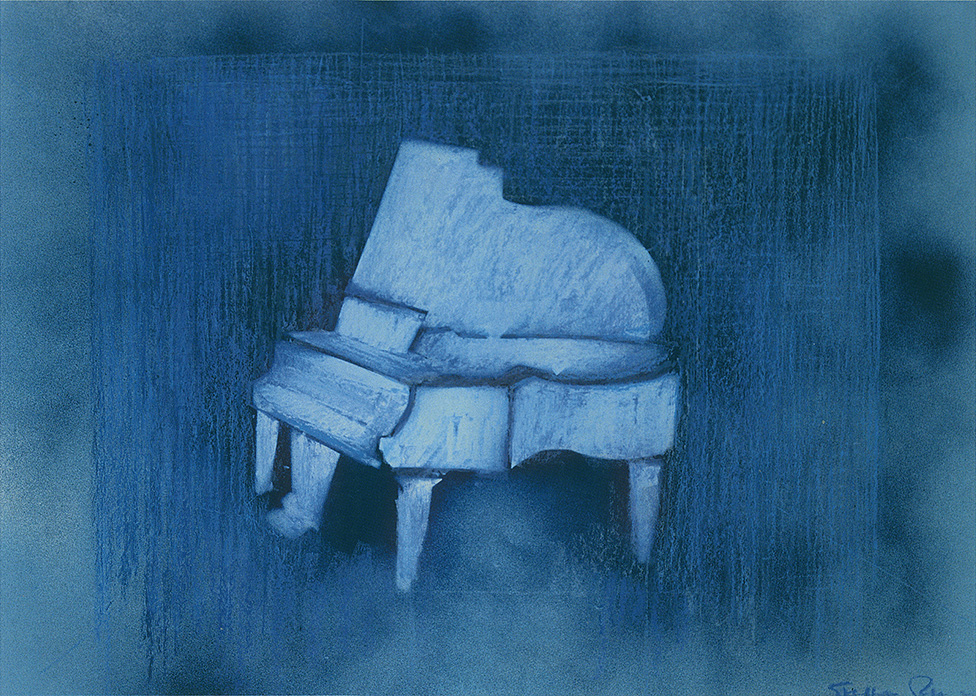 Blue Piano VI, 1992
Blue Piano VI, 1992 -
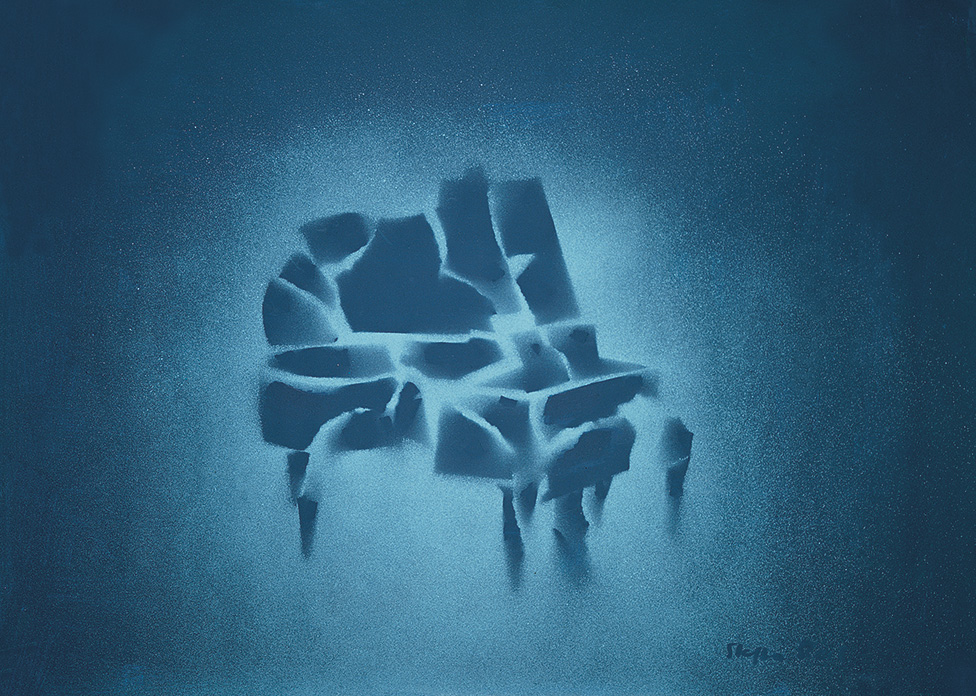 Piano, Books, 1992
Piano, Books, 1992 -
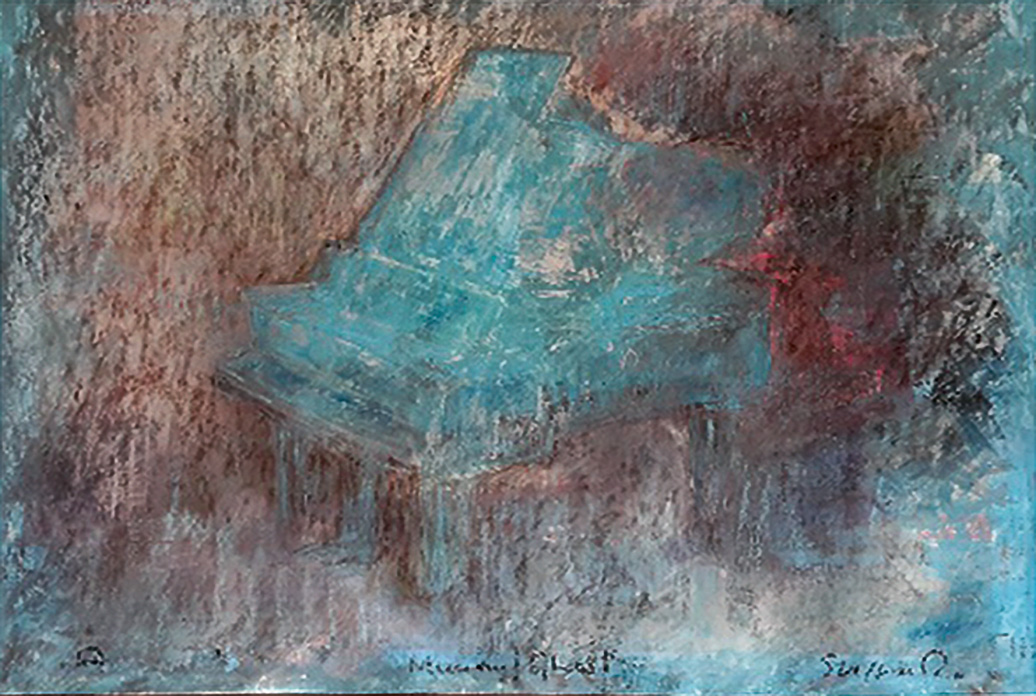 Memory, Ghost, 1992
Memory, Ghost, 1992 -
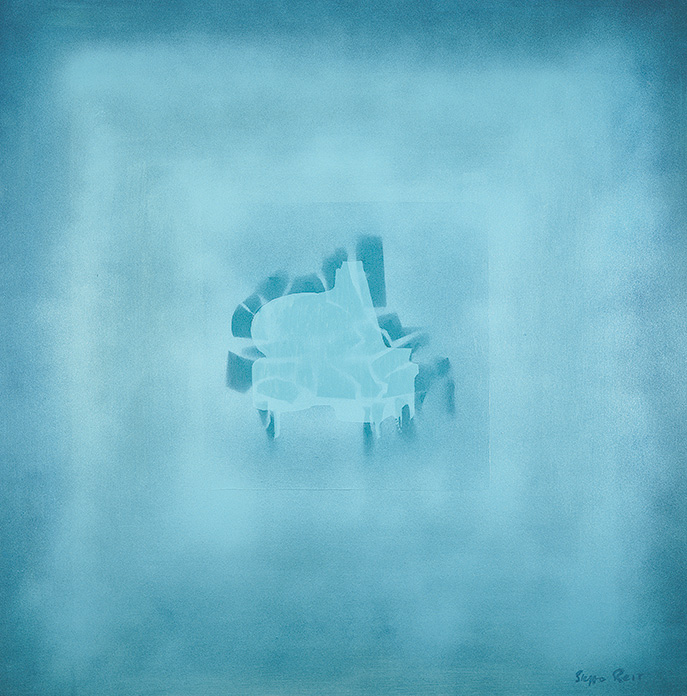 Double Image, 1992
Double Image, 1992 -
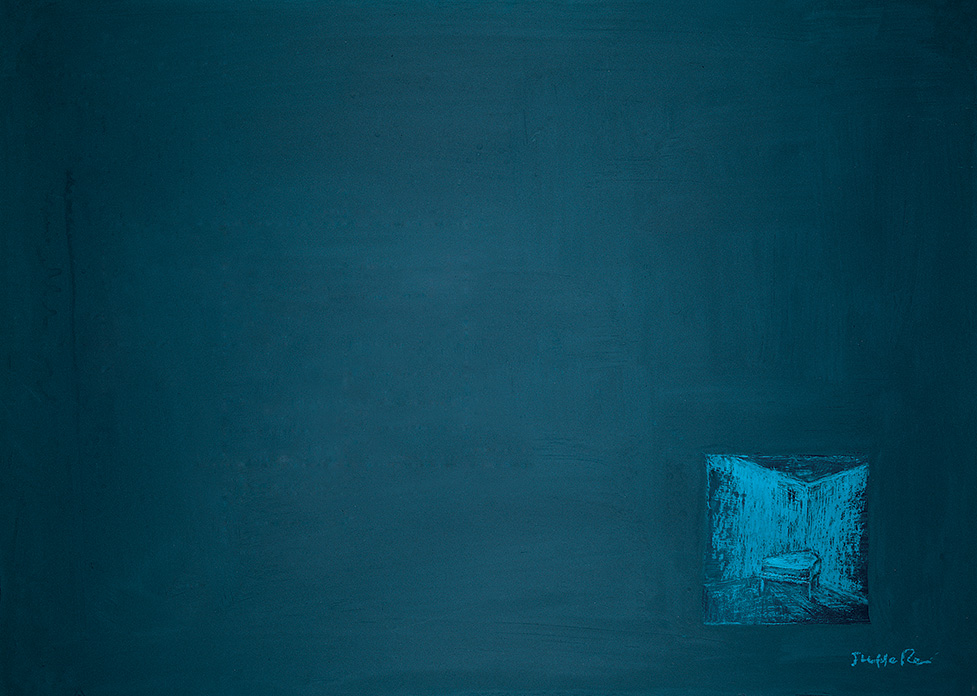 Piano, Epilogue, 1992
Piano, Epilogue, 1992 -
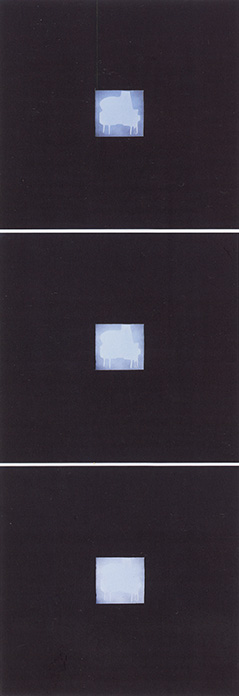 Requiem – The Disappearing Piano, 1992
Requiem – The Disappearing Piano, 1992 -
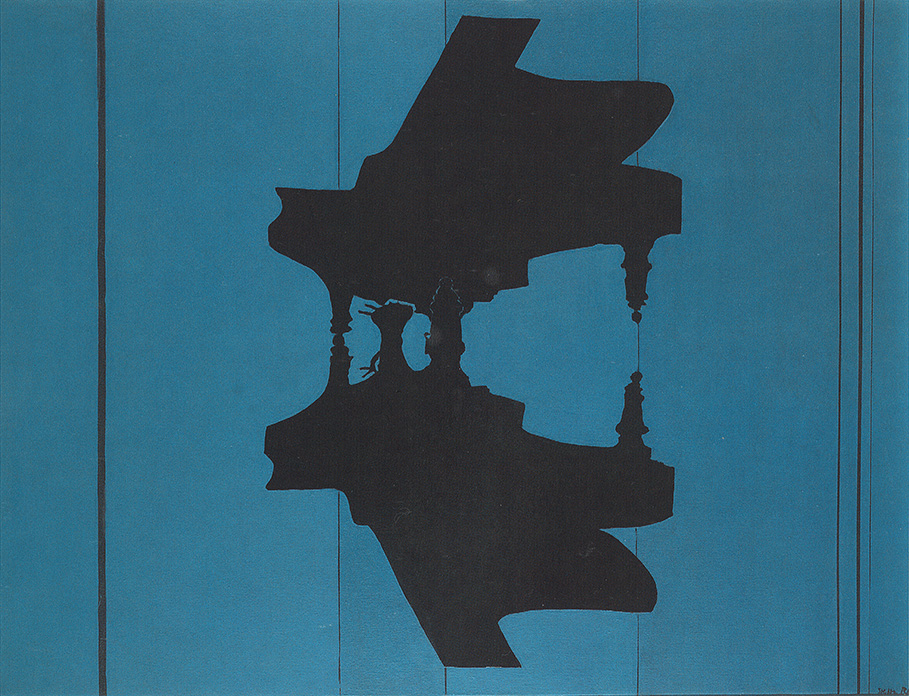 Piano – Reflection, 1992
Piano – Reflection, 1992 -
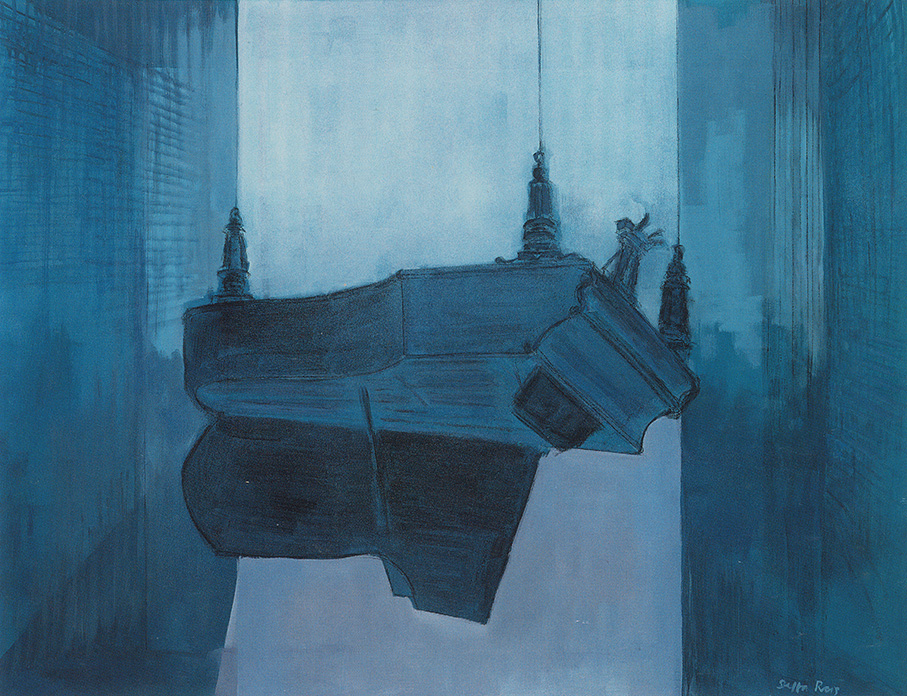 The Hanging Piano – Destiny, 1992
The Hanging Piano – Destiny, 1992 -
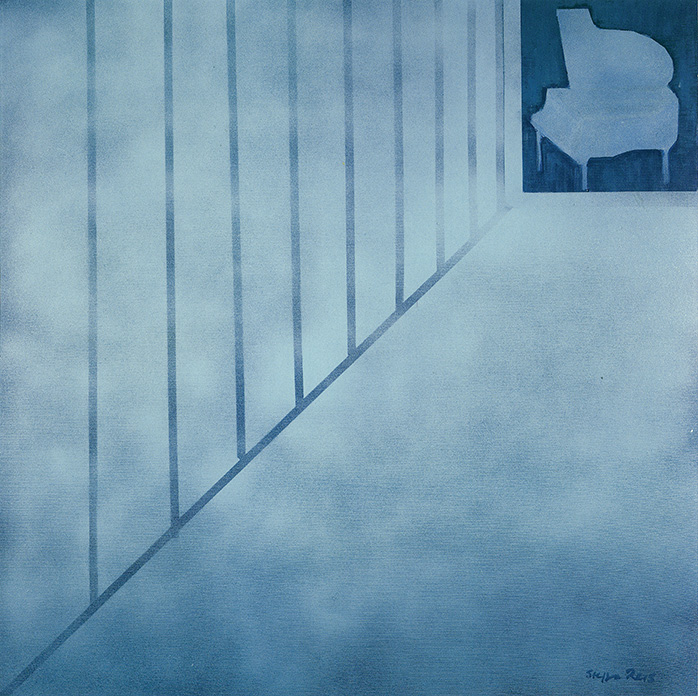 Strata and Memory, 1992
Strata and Memory, 1992 -
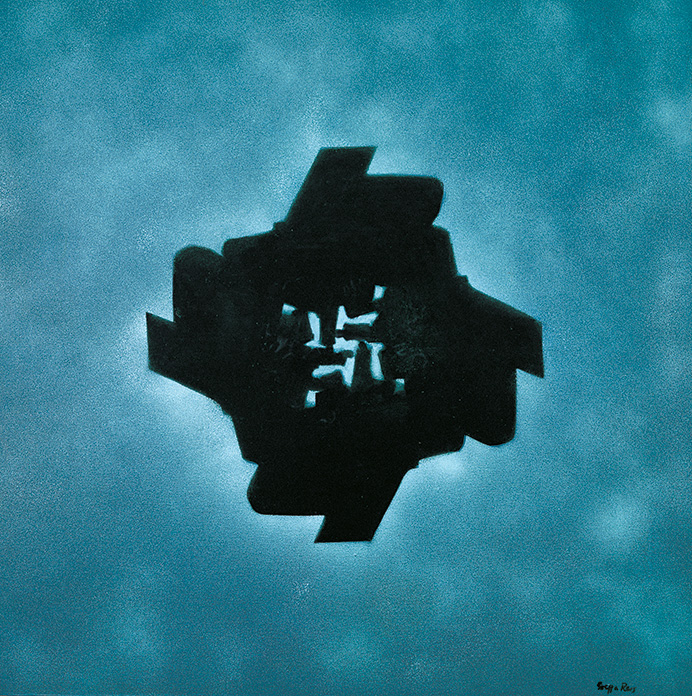 The Dead Star, 1992
The Dead Star, 1992



